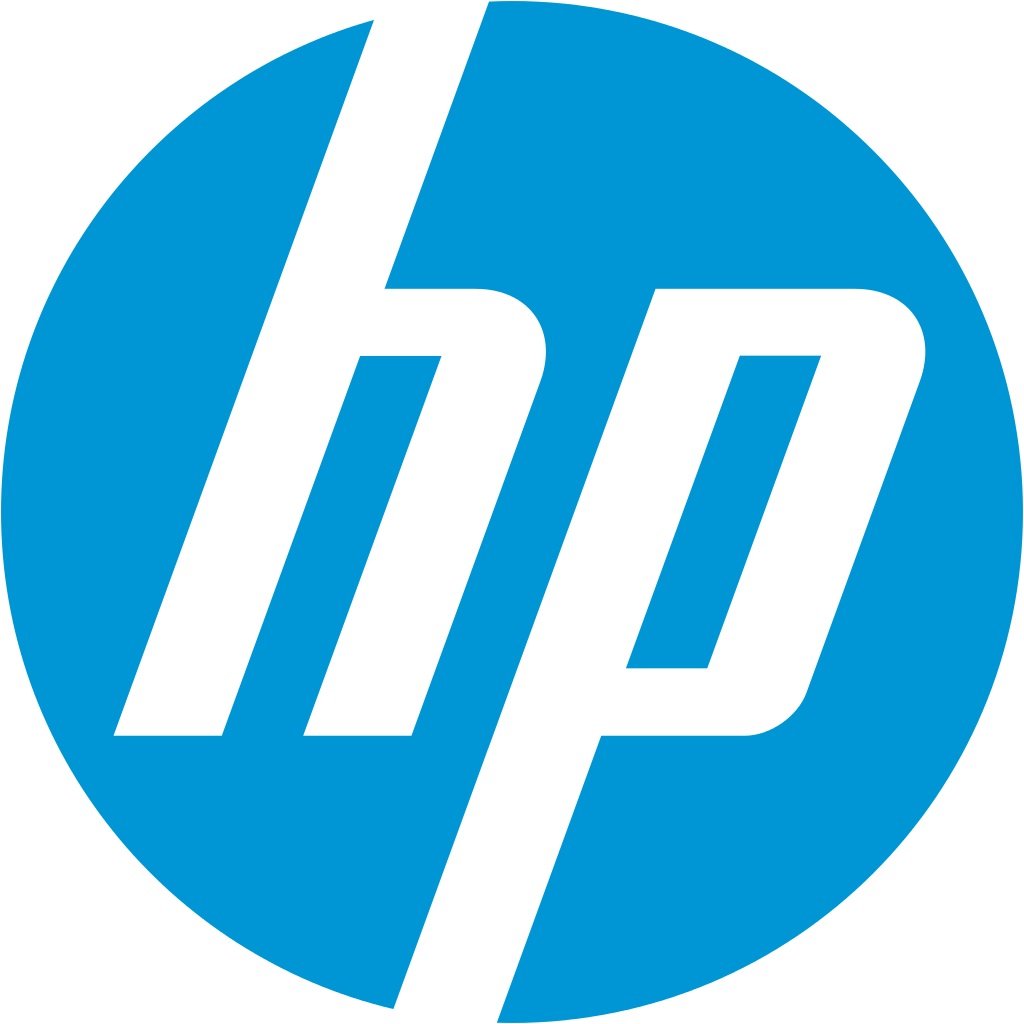

HP Inc. (NYSE: HPQ) released its fiscal third-quarter earnings report after the markets closed on Thursday. Results topped estimates on both sides of the income statement, but this was not enough for investors as guidance for the fiscal fourth-quarter brought down the house. So analysts poured into the company.
24/7 Wall St. has included some highlights from the earnings report, as well as what analysts are saying after the fact.
The company said that it had $0.48 in earnings per share (EPS) on $11.89 billion in revenue, versus the consensus estimates from Thomson Reuters of $0.44 in EPS on revenue of $11.47 billion. The same period of last year reportedly had EPS of $0.88 and $25.35 billion in revenue.
In terms of outlook for the fiscal fourth quarter and full year, the company expects to have EPS in the range of $0.34 to $0.37 and $1.59 to $1.62, respectively. The consensus estimates call for $0.41 per share for the fourth quarter and $1.62 for the full year.
HP reported its segment results as follows:
Personal Systems net revenue was flat year over year (up 2% in constant currency) with a 4.4% operating margin. Commercial net revenue decreased 3% and Consumer net revenue increased 8%. Total units were up 4% with Notebooks units up 12% and Desktops units down 6%.
Printing net revenue was down 14% year over year (down 10% in constant currency) with a 20.4% operating margin. Total hardware units were down 10% with Commercial hardware units down 2% and Consumer hardware units down 14%. Supplies revenue was down 18% (down 13% in constant currency).
S&P Global kept its price target at $15. The firm also kept its fiscal 2016 EPS estimate at $1.60 but adjusted its fiscal 2017 EPS estimate down to $1.57 from $1.65. The report said that sales fell 4% (down 1% constant currency), led by declines in the Printing segment. Despite concerns about sharply lower printer supplies revenue, S&P Global noted channel inventory reduction. It sees PC declines moderating and like prospects in 3D printing and commercial mobility.
Merrill Lynch reiterated a Buy rating with a $15 price objective. The firm detailed in its report:
The company gained share in PCs and margins were strong. Full year earnings guidance was lowered partly given the focus on positioning positive NPV printer units in order to drive future supplies growth. We view lower printer OM in F4Q as transitory and believe 17%+OM is possible from F1Q17. In our view, HPQ remains a long-term turn-around story. We would overlook quarter-to-quarter gyrations and would see any weakness in the stock post earnings as a particularly attractive buying opportunity. Reinvestments made now align the company for better growth and cash flow profile over time.
Credit Suisse reiterated an Outperform rating with a $19 price target. The firm sees upside to the current capital return plan and believes the plan can be revised higher over time and see the current dividend yield of roughly 4% as attractive. Credit Suisse revised its fiscal 2016 and 2017 EPS estimates both upward and downward to $1.61 and $1.55, from $1.59 and $1.59, respectively.
Wells Fargo maintained a Market Perform rating with a valuation range of $13 to $14. Ultimately the firm believes that HP has the right strategy to draw down supplies and increase product placement, but it sees a lack of material catalysts until the second half of fiscal 2017.
Jefferies reiterated a Buy rating and raised its price target to $16.75 from $16.00. The firm said in its report:
Q3 results were strong driven largely by strong PC sales, but Q4 guidance was disappointing as HPQ aims to opportunistically drive sales of negative margin printing hardware units to drive future ink sales. We believe HPQ shares will appreciate as the company delivers FCF targets and investors gain confidence in an improvement of the trajectory of PCs and Supplies.
Shares of HP were trading down 1.4% at $14.20 on Thursday, with a consensus analyst price target of $15.32 and a 52-week trading range of $8.91 to $14.82.
Essential Tips for Investing: Sponsored
A financial advisor can help you understand the advantages and disadvantages of investment properties. Finding a qualified financial advisor doesn’t have to be hard. SmartAsset’s free tool matches you with up to three financial advisors who serve your area, and you can interview your advisor matches at no cost to decide which one is right for you. If you’re ready to find an advisor who can help you achieve your financial goals, get started now.
Investing in real estate can diversify your portfolio. But expanding your horizons may add additional costs. If you’re an investor looking to minimize expenses, consider checking out online brokerages. They often offer low investment fees, helping you maximize your profit.
Thank you for reading! Have some feedback for us?
Contact the 24/7 Wall St. editorial team.



